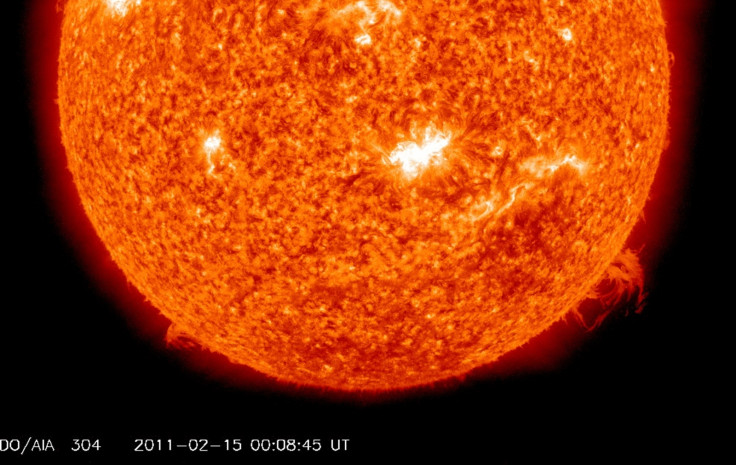Nasa wants to use the Sun as a giant telescope to study alien planets
Scientists propose to apply Albert Einstein's theory of relativity to achieve this feat.

A group of scientists from Nasa's Jet Propulsion Laboratory (JPL) want to use the Sun's gravity as a massive telescope to study alien planets.
At the Planetary Science Vision 2050 Workshop in Washington, the scientists described how using Einstein's Theory of Relativity they plan to chalk out the practicalities of the mission. Einstein's theory implies that massive objects will bend the space around them, cause the path of objects (including light) travelling in that space to curve.
Nasa astronomers say given the right conditions, light from the Sun can bend just enough that it magnifies the view of space behind it. The phenomenon known as gravitational lensing has been used for years to help boost the visual capability of telescopes.
The Sun being used as a super-telescope would also allow spectroscopy of an exoplanet. This means the technology can identify what gases are in an exoplanet's atmosphere - potentially indicating signs of life.
How it will work and challenges
There are some problems withe plan, however. According to the theory's application-based calculation, the telescope's instruments would need to be some 550 AU away. To put that into perspective, 1 AU (astronomical unit) is the distance from the Sun to Earth - 93 million miles. The furthest a spacecraft has ever been sent is 137 AU, with Voyager 1 taking 39 years to do so.
For Nasa to achieve its aim, the spacecraft would have to be at least 10 times faster than Voyager. Although challenging, the JPL team said it is within the reach of current technology.
And the result would be magnificent,they said. The telescope lens would result in images at a resolution about 1,000 times better than our present capabilities - they would be better than the Hubble Space Telescope's view of Mars.
Italian space scientist Claudio Maccone was one of the first in the scientific community to propose that gravitational lensing could be used for extraordinary missions like searching for radio signals from possible alien civilisations. Although Maccone did not invent the idea, he is known for studying it more deeply than anyone else.
© Copyright IBTimes 2025. All rights reserved.





















